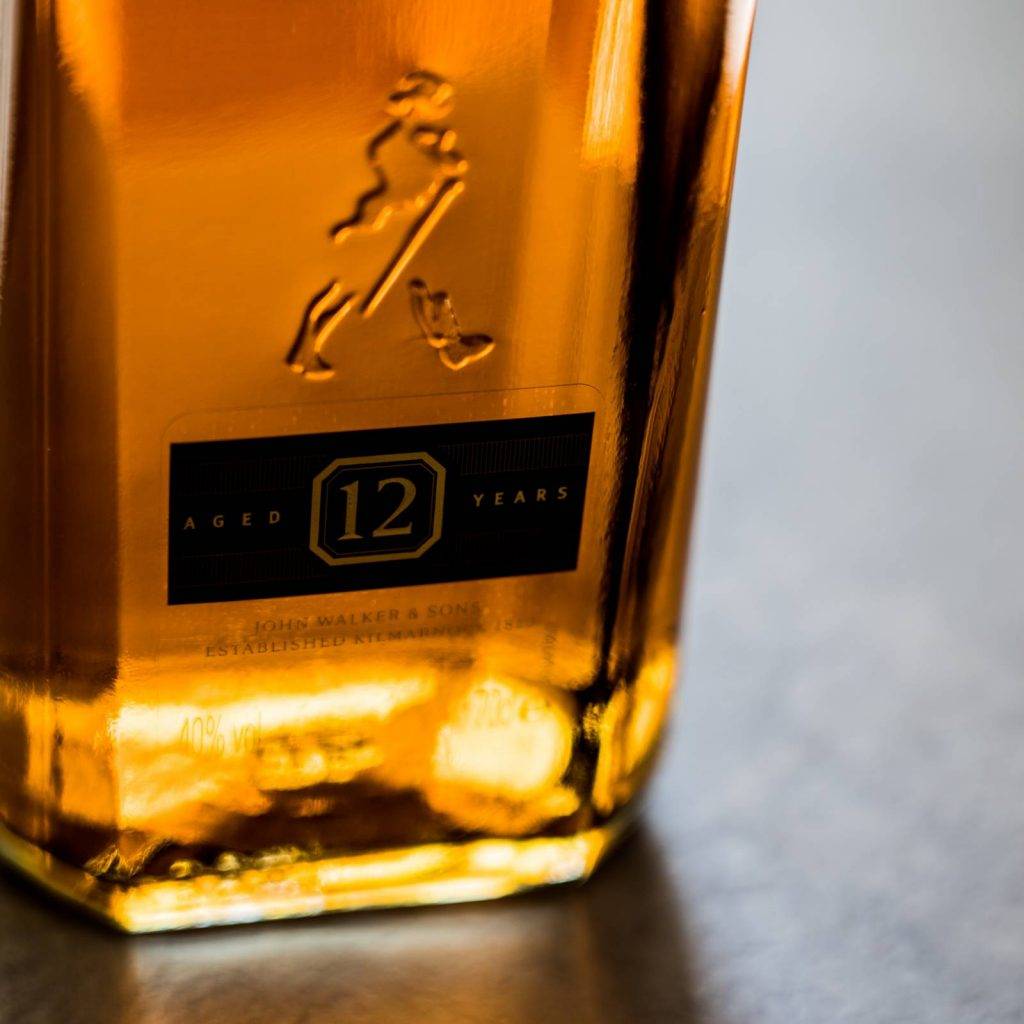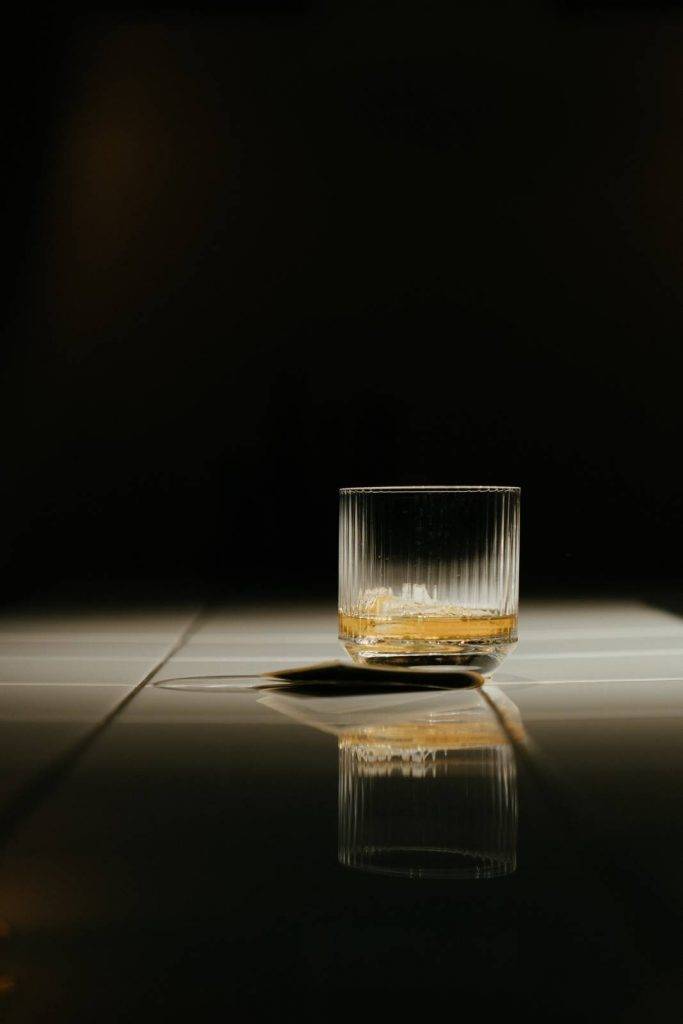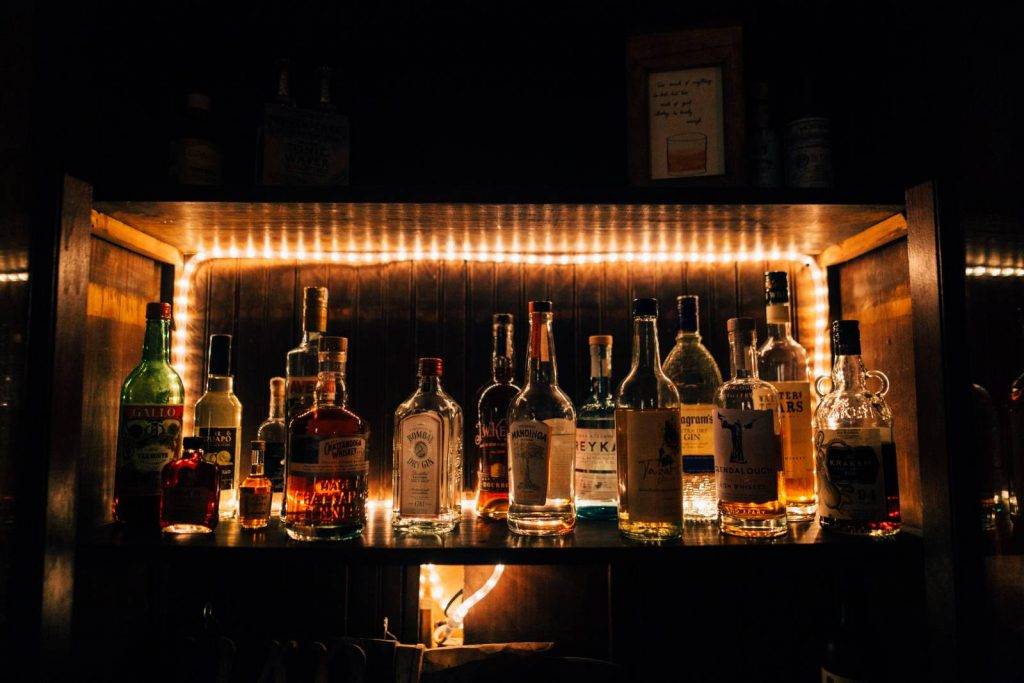Toast to International Whiskey Day this week with a tot of liquid gold. But when you face shelves of whiskey at the local liquor shop, you might not know which one to choose.
You might ask yourself: what is the difference between a single malt and a blended whiskey? Or what does age have to do with the price? Why does a bottle of Johnnie Walker Blue cost 10 times more than Johnnie Walker Black? Do I go for Scotch or bourbon? Do I go Irish, Scotch, Japanese or American?
Side note: whisky without an “e” refers to a Scotch.
Whiskey can be a daunting drink with its hefty price tag and the stereotypical whiskey-drinking archetype of an uber masculine velvet jacket-wearing guy puffing on a cigar.
Many who sip on whisky exude an air of expertise, when in reality, they have simply found a drink they enjoy.
Luckily, like many of the finer things in life, strict guidelines govern what is deemed bourbon versus malt, different distillation techniques, and which regions make the world’s best whiskeys. Whiskey can be bucolic, fun and neat too.
Whiskey business
The whiskey world is dominated by a few countries: Ireland, Scotland, the US and Japan and the most familiar from these regions include Glenmorangie, Jack Daniels, Johnnie Walker and Macallan.
Like other kinds of alcohol such as Tequila and Champagne, the place of origin reflects the whiskey’s name. Scotch is from Scotland, Bourbon is American, Irish whiskey is distilled in Ireland, and Japanese whisky is of course from Japan.
These whiskey distillers, with their different methods and native ingredients aim for the smoothest spirit distilled from grain.
“A great whisky tastes like the shape of a sauropod dinosaur. He clarified: a good whisky tastes fine and smooth on entry, like the small head and narrow neck of a sauropod. It should then expand in layered complexity on the palate, like the great body of a Brontosaurus, and finishing velvety and long, like the great sauropod’s tail,” says Tim Duckett, world-renowned whisky maker in Distilled: A Natural History of Spirits.
Single malt versus blended
Scotland is the biggest producer of whisky in the world. Production is tightly regulated, which gives rise to the three types of whisky: single malt Scotch, single grain Scotch and blended Scotch.
“Single malt Scotch is made from malted barley and distilled in a batch process in copper pot stills at a single distillery”, says Nicholas Morgan in Everything You Need to Know About Whisky.
Single grain Scotch is made from malted barley and maize or wheat in a continuous process at a single distillery. Blended Scotch is the result of mixing multiple single malt Scotch whiskies with a single grain Scotch, writes Morgan.
“More than 90% of all Scotch whisky sold globally is blended Scotch. When it comes to publicity, single malts dominate the Scotch whiskey conversation. In reality, single malt Scotches make up less than 10% of sales.”
Barley is the main ingredient in Scotch whiskey. This grain is malted, which means it is dried out to produce malt and ultimately, through centuries of perfecting the process, the test of good malted barley rests on the amount of alcohol it delivers through the fermentation and final distillation processes.



Whiskey buying guide
If you’re testing the waters to find the whisky that sits right with your palette, the easiest way to avoid breaking the bank is to choose according to occasion and price, while picking up clues from labels.
According to the Wine and Spirits Trade Record, written in 1899, “Scotch whisky was quite literally liquid gold. Whether fuelled by modest ambition or a desire for wealth beyond the dreams of avarice, it was always about the money.”
Where and when choosing to sip or mix whisky influences the choice of whiskey. Whisky in the club should lean more towards quenching your quenching than savouring a single malt. A Scotch blend or American bourbon pairs well with a lot of ice is not exorbitantly expensive and will ensure a smooth drink.
There’s the misconception that whiskey is exclusively sipped neat or on the rocks. But whiskey can coexist with brighter cocktails too. Some also believe that cheaper and low quality whiskey can be ghettoised into a cocktail shaker. But a bad whisky will make a bad cocktail.
A Scotch or Japanese blend are used in cocktails because they do not overpower other ingredients. Whiskey cocktails include the old fashioned and whiskey sour.
For example, Johnnie Walker says on its website, the price between a bottle of Johnnie Walker Black aged for 12 years (R369) and Johnnie Walker Green aged for 15 years (R899) comes down to age and specific blends.
But Johnnie Walker Blue’s hefty price tag (R2 899) is credited to the low quantities produced as “the rarest and most exceptional whiskies”. Only one in ten thousand barrels carries the qualities of the Blue Label whiskey. Also, the marketing machine prices certain spirits as “prestige”.
Then there’s the whiskey one turns to after work, a long day, or as a daily ritual. These are the whiskeys that people buy year after year. But, as years pass by, some bottles disappear from the shelves.
Mikaël Guidot in his guide, Whisky: It’s Not Rocket Science, writes: “Drink a chilled bourbon on ice. Try a ‘No Age Statement’ single malt. These are made to last, and will not meet the fate of some of their counterparts with the passing of time.”
Because of the high alcohol by volume (ABV) and the strength, there are whiskies you’d share with your worst enemies — unless they are connoisseurs.
“One is a cask-strength whiskey (with 65% ABV) that you serve without water and without warning. This insanely high alcohol level will bring a tear to the eyes. Or alternatively, buy the very cheapest bottle you can find in the local supermarket,” writes Guidot.
A daunting occasion that can be mellowed out is impressing the in-laws with something unexpected such as a Swedish or Tasmanian whiskey. Or, if you don’t get along with your in-laws, consider the cask-strength whisky aforementioned.
Beyond a fancy tube and lid, the words on the label are more indicative of the calibre of whiskey in the bottle. For example, single malt whiskey only shows the name of the distillery, whereas blends will show the brand’s name. By universal law, the whiskey’s geographical location must be reflected and age must accurately refer to the age of the youngest whiskey used in this particular batch.
“Your 12-year-old whiskey will contain whisky that has been aged for 12 years, but also other whisky that may be somewhat older, giving it more structure and reinforcement,” says Guidot.